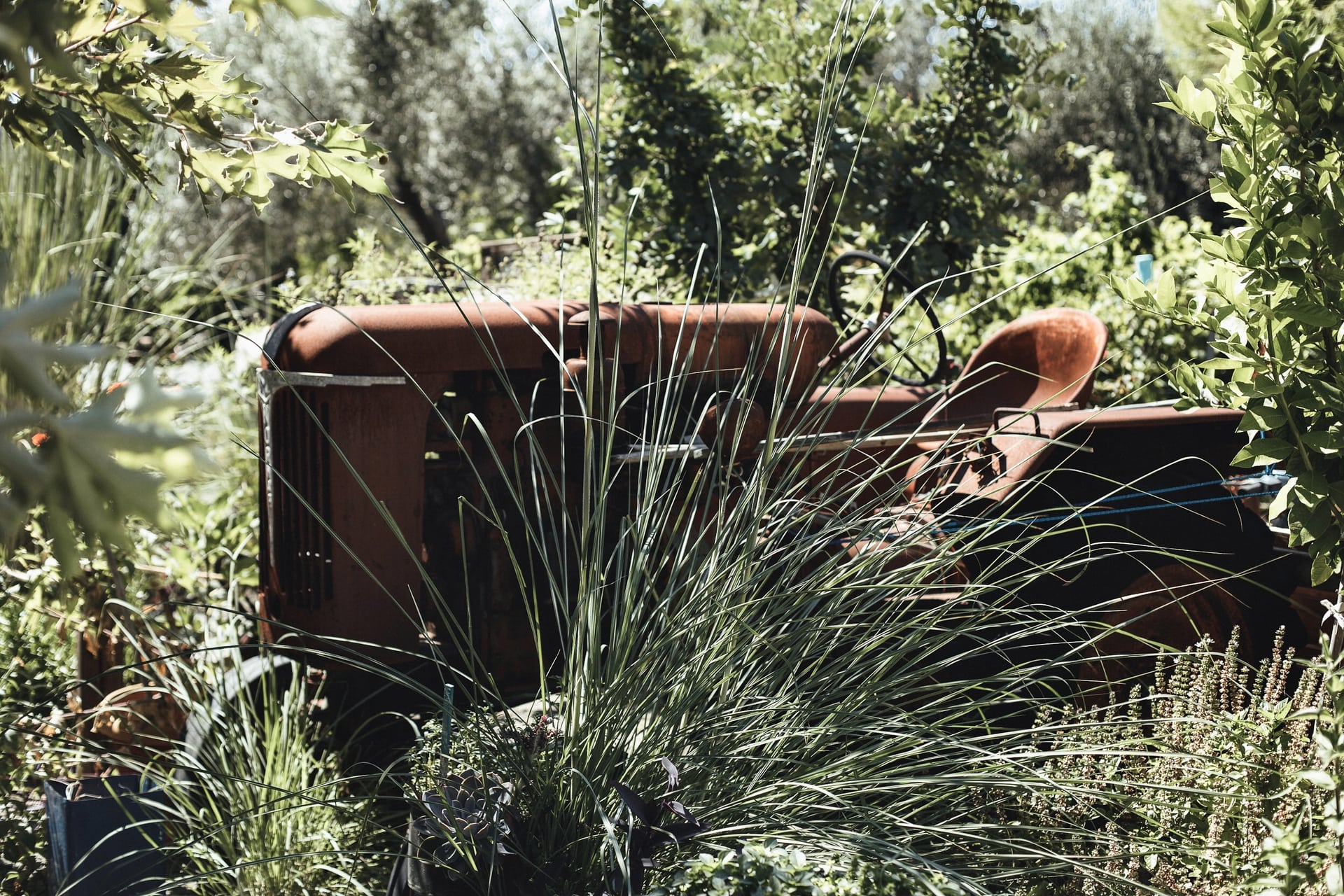Sign up to our Newsletter
Special Promotions & Updates
Stay up to date always for special promo codes for our members. Must-do recipes and lots of other olive tips & news.

Harvesting is one of the most delicate and decisive steps to obtain an excellent quality olive oil.
Generally it is facilitated with the use of nets lying on the ground under the plants that allow to easily collect the fallen product or facilitated by any mechanical equipment.
After harvesting the olives are weighed and subjected to an abundant washing in water. This process is carried out with a special washing machine with a constant flow of water that invests the olives.
The crushing system of the milled olives is the most ancient instrument, conceptually derived from the millstones used since the Hellenistic Age. Today, however, many mills use the most modern hammer crushers, which break the olives by pushing them against a metal grid.
Kneading
After pressing the olive paste is subjected to the kneading operation which consists of a continuous and slow mixing of the dough.
The kneading phase is an essential moment for the subsequent extraction of the oil from the olive paste. In fact, the kneading allows the olive paste to reach the optimal temperature in which the natural enzymes present are able to fully activate.
The extraction phase consists in the separation of the oil from the solid fraction.
This phase can be performed for:
In this final phase we proceed to separate the olive oil from the water thanks to the centrifugal force.
Light
Light damages the antioxidants in olive oil, one of the main reasons you want to consume it in the first place. Oil’s flavor and aroma also deteriorate if exposed to direct sunlight.
Air
Oxygen in the air causes rancid smells and flavors to develop in olive oil, so its organoleptic properties are compromised.
Temperature
Storing olive oil at high storage temperatures and the oil’s aromatic compounds change. Not in a good way.
Store your opened bottle of olive oil in the pantry, not the fridge, in a cool, dark place away from heat sources and direct sunlight.
Low temperature helps to preserve its taste, thus increasing its shelf life. Temperatures below 20℃ are recommended. Ideally, for long term storage, keep your olive oil in your cellar as you would do for a good bottle of wine.